Ponds: Why do I need one? What are my choices?
If you are going to develop land around the City of Austin, you need to be aware of how important water quality is. Below is a list of parameters you need to follow depending on the metrics of your development.
Water quality is required in the City of Austin when a development site exceeds 20 percent impervious cover using the net site area of your site (LDC 25-8-211).
If you are in the Barton Springs Zone water quality is required for all development.
The Texas Commission for Environmental Quality (TCEQ) requires water quality when development takes place over the Edwards Aquifer.
The standards for design and construction of these water quality controls come from the Land Development Code and the Environmental Criteria Manual of the City of Austin.
If the development is outside the City of Austin but over the Edwards Aquifer, TCEQ standards apply.
When developing inside the City of Austin and over the Edwards Aquifer typically you can follow the City of Austin standards and your finished pond will meet the standards of TCEQ as well. However, calculations must be shown by both standards to the respective reviewing entity.
The list above explains why you need a pond, but what choices do you have to construct? Two of the more common choices are a sediment and filtration pond or a wet pond.
The sedimentation and filtration (sed-fil) pond is made up of a sedimentation basin or chamber and a sand filtration bed. The basin and bed are separated by a rock gabion wall which is used to block large trash from entering into the sand filtration bed. The “first flush” runoff (required to be cleaned by the City of Austin) enters the sedimentation part of the pond where large particles and trash settle to the pond bottom. The sand media cleans the pre-determined amount of runoff as it percolates through and into perforated under-drain pipes. The clean runoff is then released from the filtration part of the pond until the entire pond is empty.
A wet pond gets its name from its nature; always being full of water. This fundamental difference is used by developers as an aesthetic benefit and used by engineers as a way to clean the runoff from the site before it returns to the environment. The forebay acts in a similar way as the sedimentation basin of a sed-fil pond. The main pool is separated from the forebay by an earthen berm. A substantial portion of the pollutant removal in wet ponds is due to biological processes caused by the plants that border the pond.
From a cost and constructability standpoint, a sed-fil pond is typically less intensive. They are typically the water quality control of choice for commercial, multi-family, and school development. Wet ponds tend to become desirable when serving larger single family developments, in which case they also serve as an aesthetic benefit to home buyers.

